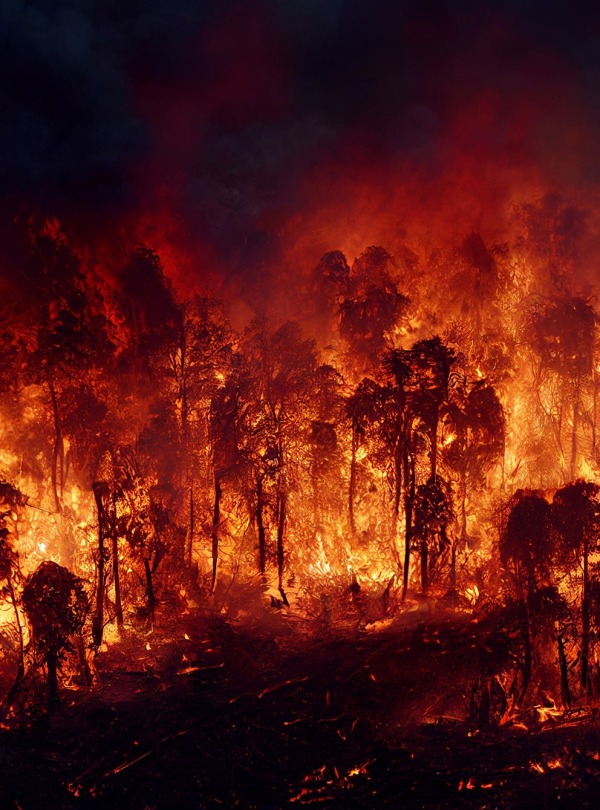
Create a Corridor for Mexican Wolves and Jaguars
Support More Work Like ThisSupport More Work Like ThisWide-roaming jaguars, wolves and bears surviving in a lush forest oasis in western Mexico are threatened by logging, poaching, wildfires and cattle ranching.
-
Species at Risk
Thick-billed Parrot (EN), Lilac-crowned Amazon (EN), Mojave Desert Tortoise (CR)
-
Carbon stored
115,543,265*
*(metric tons of CO2 equivalents) -
Partner
Nature and Culture International
-
2,138,854 Proposed Acres Conserved by
Designation
-
Project Cost: $2,634,380

2,138,854
Wide-roaming jaguars, wolves and bears surviving in a lush forest oasis in western Mexico are threatened by logging, poaching, wildfires and cattle ranching.
-
Species at Risk
Thick-billed Parrot (EN), Lilac-crowned Amazon (EN), Mojave Desert Tortoise (CR)
-
Carbon stored
115,543,265*
*(metric tons of CO2 equivalents) -
Partner
Nature and Culture International
-
2,138,854 Proposed Acres Conserved by
Designation
-
Project Cost: £2,090,777

2,138,854
This project protects
Acres. An area three times the size of Yosemite National Park.
In the mountainous terrain of western Mexico, a vast network of tributaries to the Concheño, Agua Caliente and Mayo Rivers creates a lush oasis of over 2.5 million acres in the otherwise dry Sonoran Desert region. Jaguar, Mexican Wolf and America Black Bear still roam these mountains and valleys. This vast watershed of mixed forests and thorn scrub supports rare species—including many endemics—and migratory routes for birds, pollinators and bats.
Logging, poaching and cattle ranching threaten these imperiled species. Climate change exacerbates the risks of wildfires, and large-scale mineral mining concessions threaten the high-quality aquifers that communities and wildlife depend on.
Rainforest Trust and our partner, Nature and Culture International, will work to achieve formal designation of the 2,138,854-acre Cuenca del Río Mayo Natural Resources Protected Area. Once protected and combined with nearby federally protected areas, Cuenca del Río Mayo will fortify a wildlife corridor of over 4.2 million acres in the Sierra Madre Occidental for wide-roaming carnivores, endangered migratory birds and hundreds of other species.
Header photo: Mexican Wolf, by Cynthia Kidwell
Discover Cuenca del Río Mayo
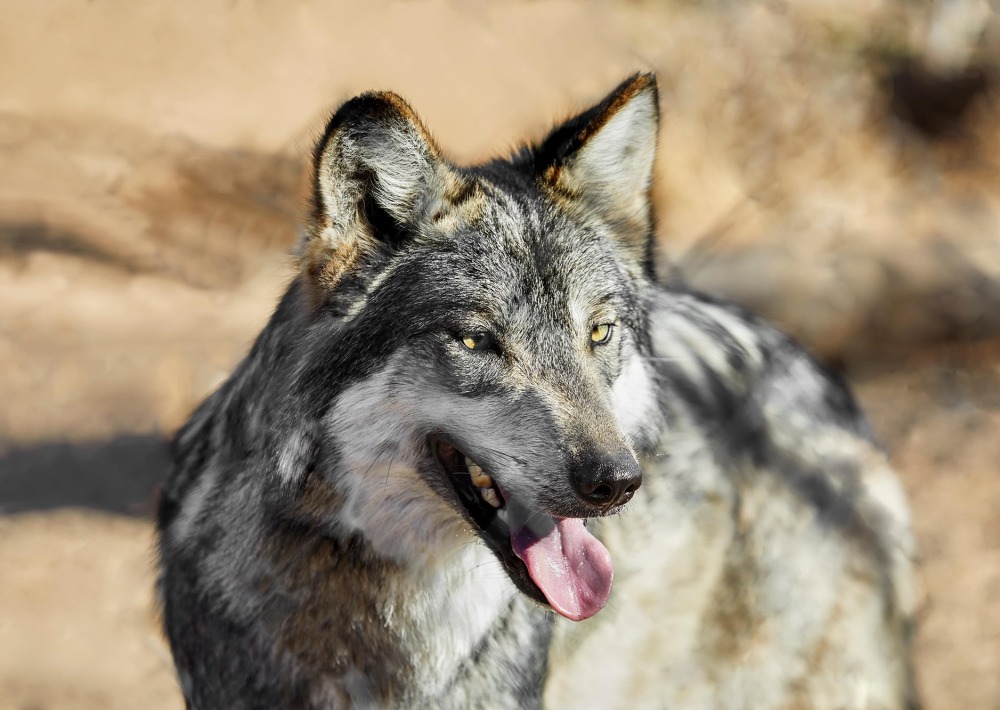
Mexican Gray Wolf, by Pamela Au
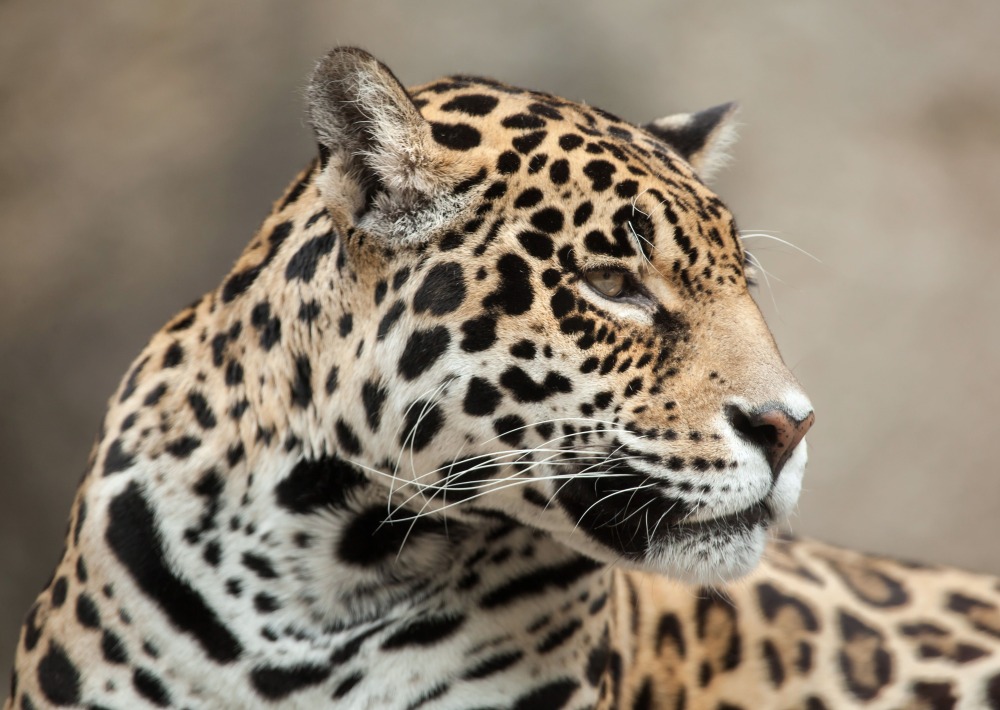
Jaguar, by Vladimir Wrangel
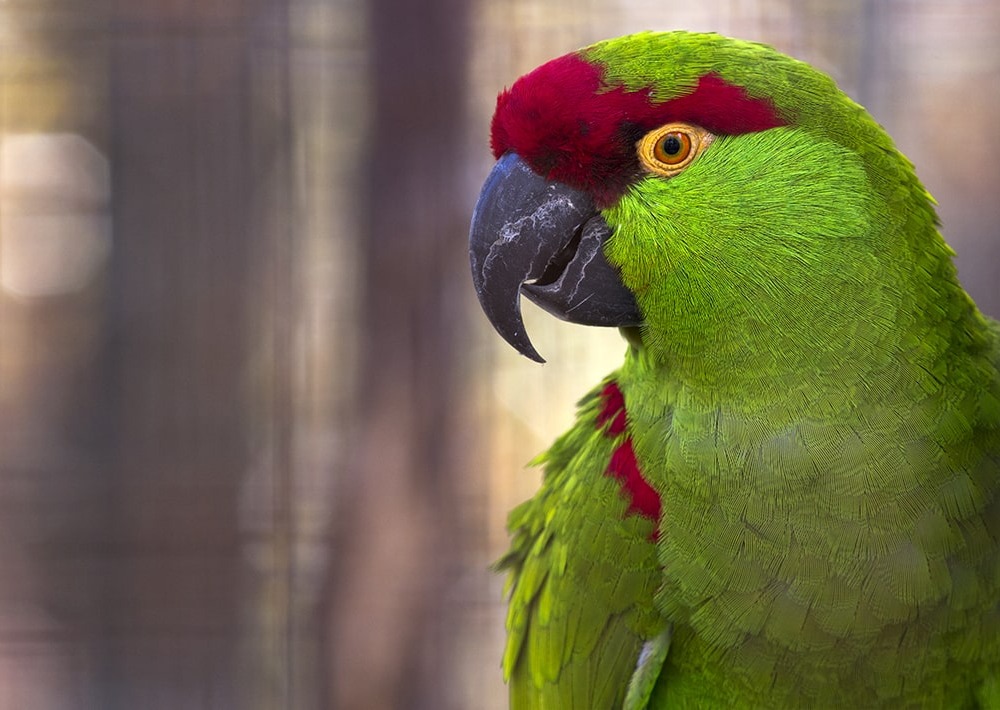
Thick-billed Parrot, by Patrick Rolands
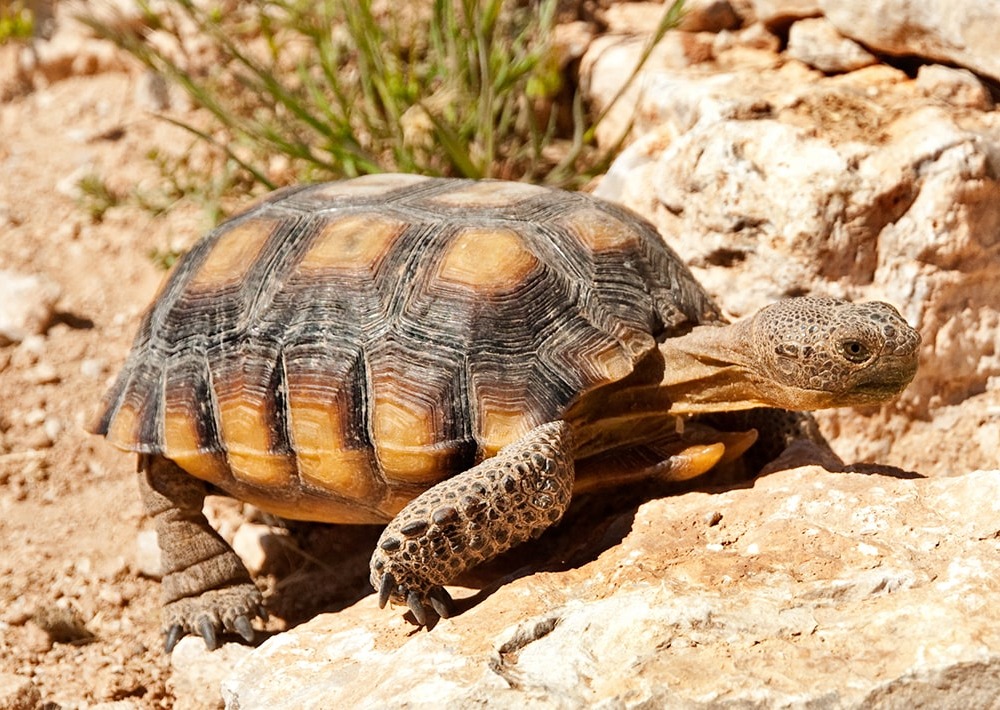
Mojave Desert Tortoise, by Darren J. Bradley
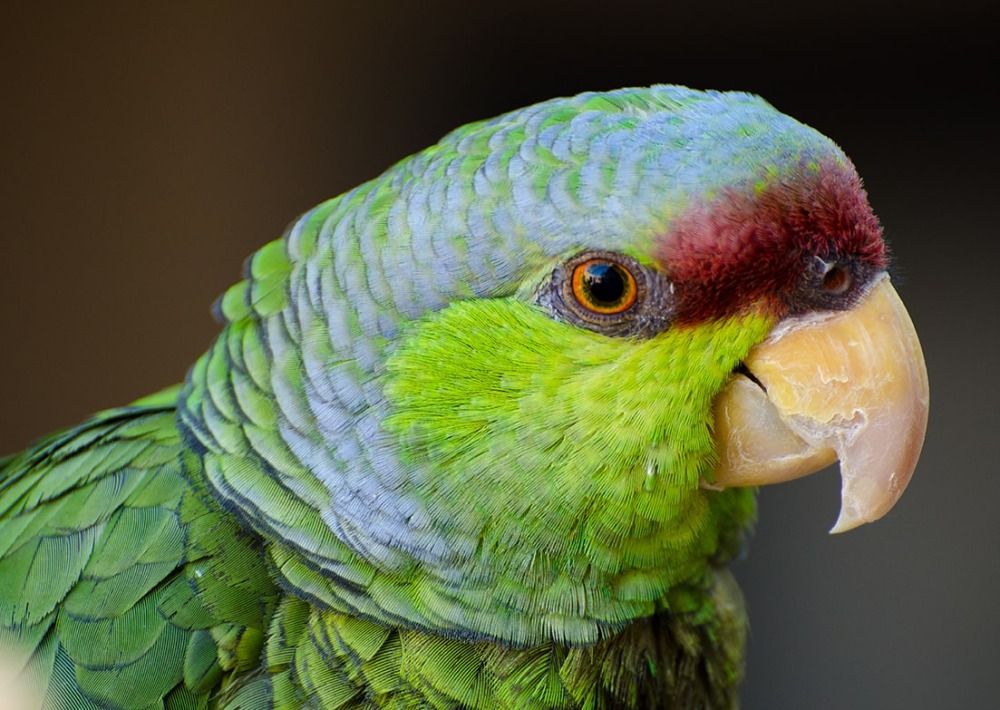
Lilac-crowned Amazon Parrot, by Evelyn D. Harrison
Protect Endemic Species and Ensure Large Carnivores Have Room to Roam
At the top of the food chain, the Jaguar is essential to the ecological integrity of the watershed, which lies at the northernmost reach of the wild cat’s present range. The proximity of Cuenca del Río Mayo to lands with existing federal protection, where populations of reintroduced Mexican Wolves are growing, make this region a top conservation priority for protecting the wolves’ historic range.
Over 45% of the watershed is old-growth or undisturbed forest supporting endemic species like the Endangered Thick-billed Parrot and Lilac-crowned Amazon, which are losing habitat and breeding sites and being poached for the illegal pet trade. In total, 147 species of rare animals and plants, including the Critically Endangered Mojave Desert Tortoise, rely on this terrain for their survival.
Communities Collaborate for Conservation
Specific boundaries of the proposed Protected Area will be drawn in consultation with local and Indigenous communities representing over 24,000 inhabitants. Communities will not be displaced, and residents will retain access to natural resources for traditional, sustainable use. New livelihood opportunities will come with training and equipment to monitor species and habitat health.
LEARN MORE ABOUT THIS PROJECT >
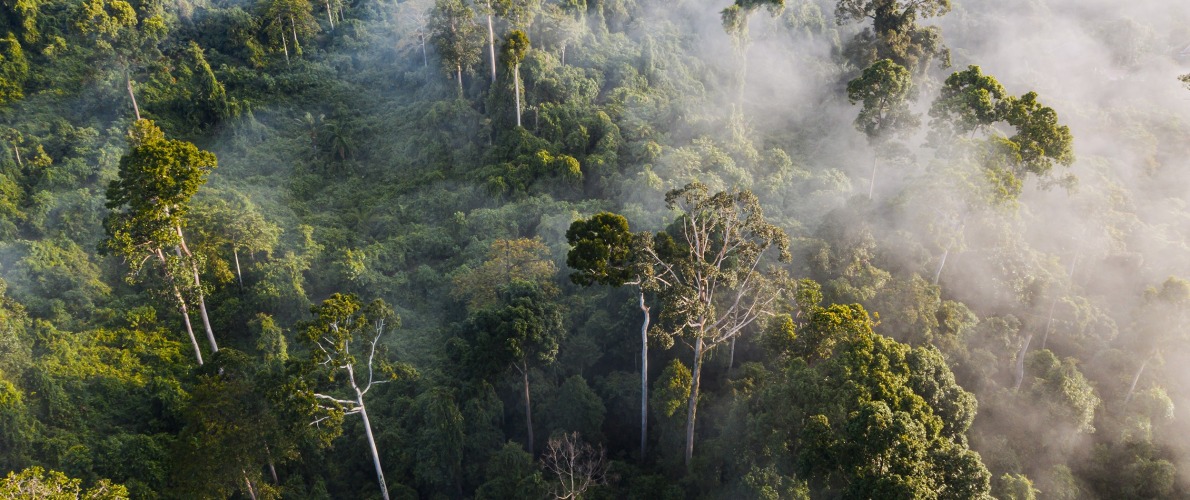
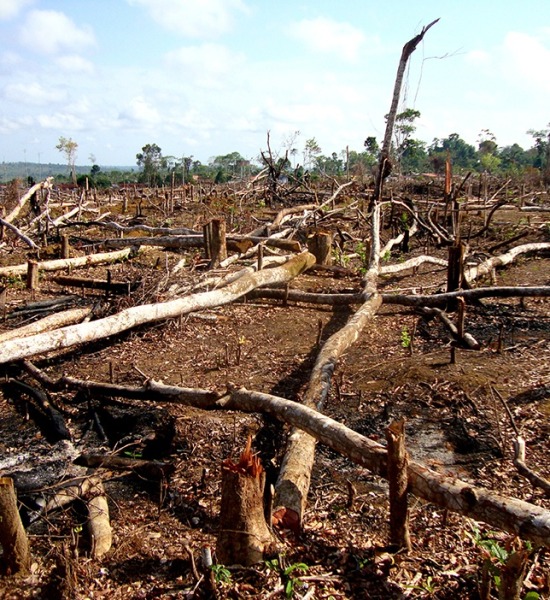
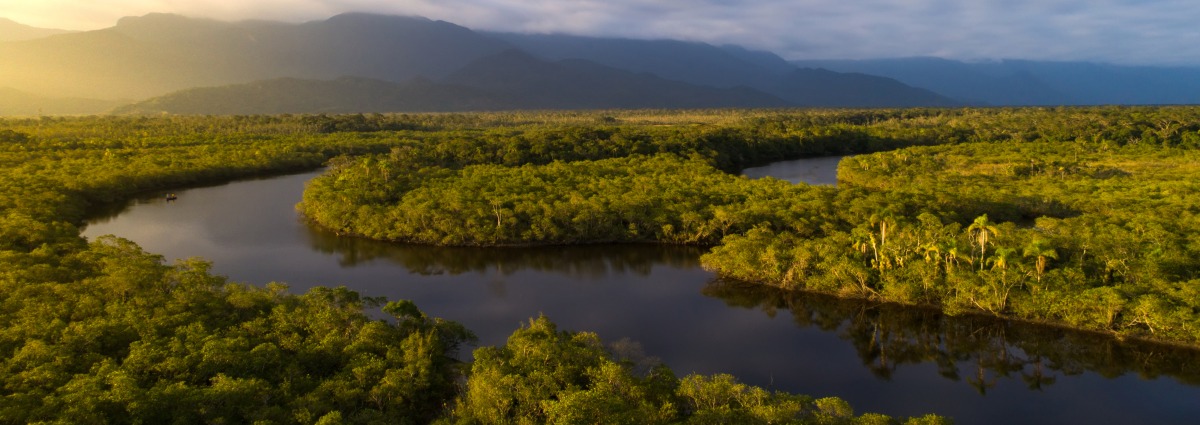
We Value Transparency.
Conservation work is critical, challenging, and can be costly. We work hard to ensure we raise only the funds needed for each project. In the rare case we raise more money than needed or a project comes in under budget, excess monies will be transferred to the Conservation Action Fund. This fund supports our important conservation work throughout the tropics.
Learn more about the Conservation Action FundLearn more about the Conservation Action Fund
Partnering to Save Rainforest
Our partners’ ability to work with their governments and build strong connections with local communities ensures the successful implementation of our projects.
Learn More About This PartnerLearn More About This Partner
